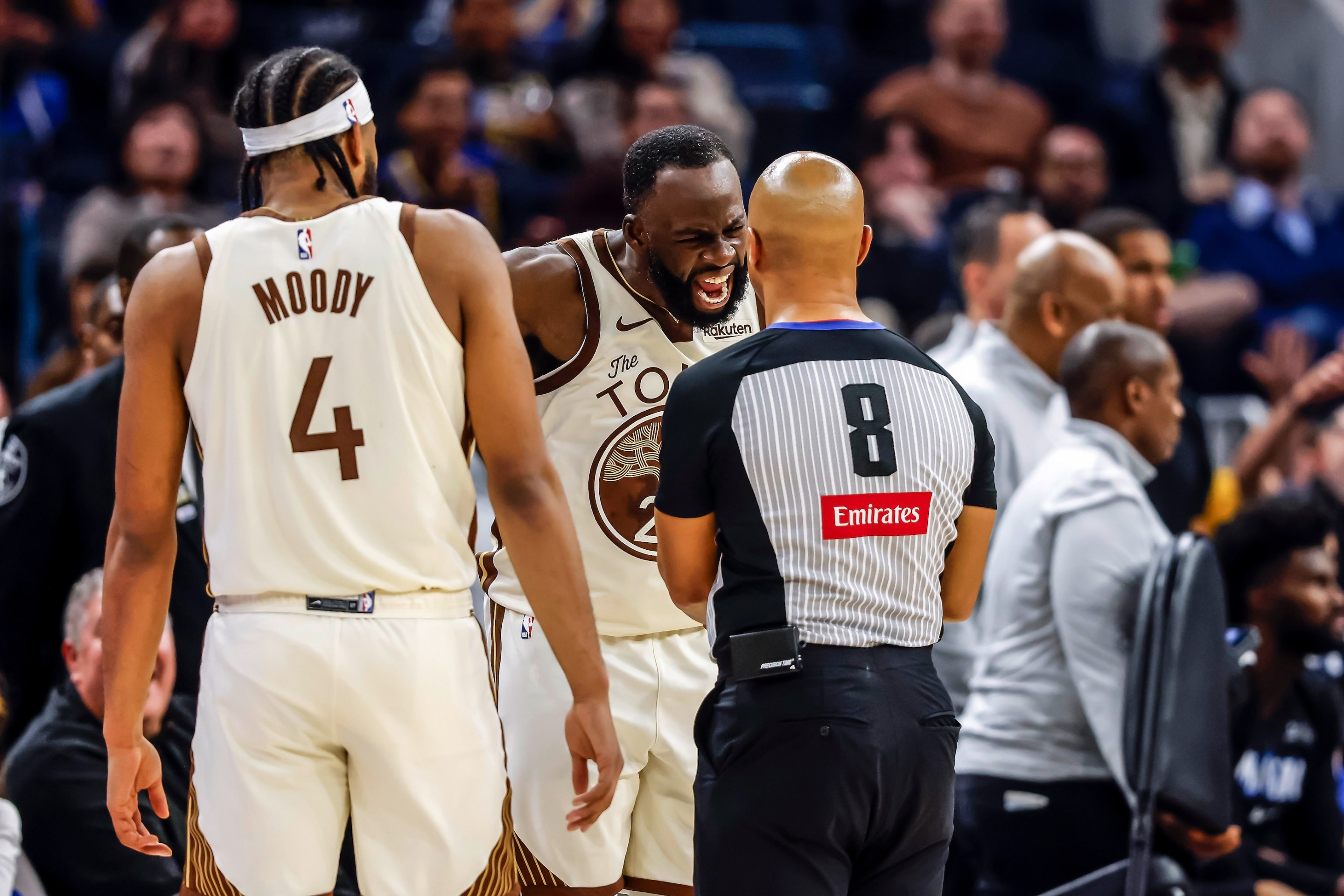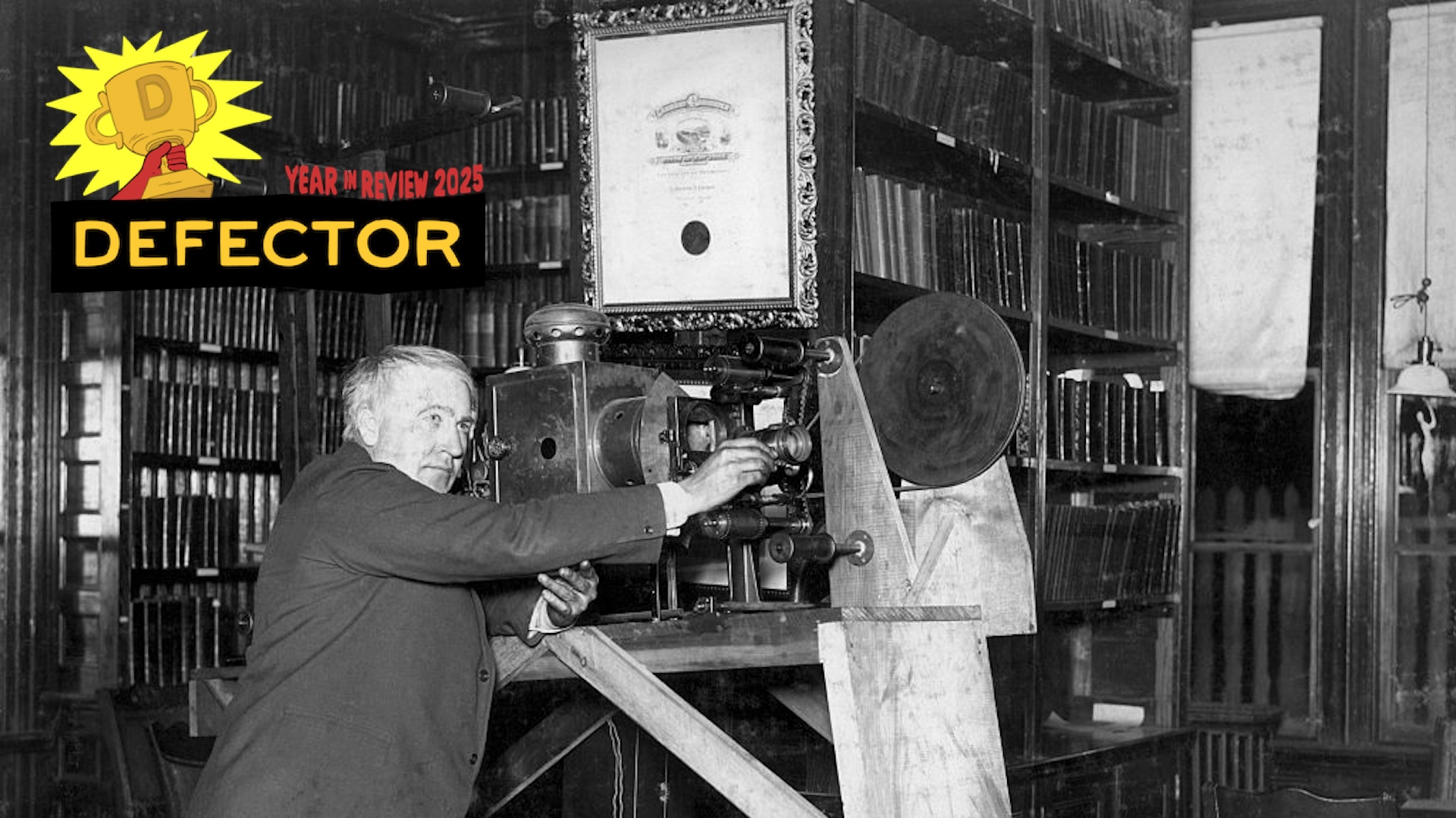By this point, if you're still watching football, you've probably made some sort of peace with concussions: they happen, they will happen, there's probably not much that can be done to stop them from happening without dramatically changing how the sport is played. I'm one of those people, though possibly out of ethical cowardice more than anything else. What I tell myself is that the result of a decades-long scandal is that players now know the deal—that they can make informed decisions about the risks, and have some confidence that the NFL won't try to cover up their brain injuries, or screw them on both short- and long-term medical care for the effects. As a fan, I can live with this. Just don't lie about it, basically. I think there was some lying Sunday.
You need roughly zero years of medical school to have a good idea of what happened to Dolphins quarterback Tua Tagovailoa on this play in the first half of Sunday's 21-19 win over the Bills:
TUA with a concussion. Definitely done. #dolphins #bills pic.twitter.com/aWKzXKesBM
— Browns Rally Possum (@BrownsRally) September 25, 2022
He hit his head! He banged his head on the ground and then was shaky getting up, trying to shake off some cobwebs, then stumbled before having to be literally held up by his linemen. Tagovailoa was removed from the game with what the team described as a head injury. So far, so normal (for football).
Tagovailoa would end up missing just three plays, and be back under center to start the second half. That part, if maybe not ideal, was still pretty normal for football. But then the laundering began. While the game was still going on, the league's in-house water carrier asked you to disbelieve your own lyin' eyes.
My understanding of the Tua Tagovailoa situation: He tweaked his back in the 1st quarter on a sneak and didn’t miss time. After the Matt Milano hit, his back locked up — leading to him wobbling. Into the locker room for a full concussion check. Fully cleared. Now on the field.
— Ian Rapoport (@RapSheet) September 25, 2022
After the game (Tua's line: 13-for-18 for 186 yards, one TD, zero INTs), the company line was indeed that the problem was Tagovailoa's back, not his brain.
"Tua, he went out with a lower back," said head coach Mike McDaniel. "He kind of got bent back pretty significantly on a quarterback sneak earlier. I was kind of with everyone else. When he hit his head on the ground, I assumed it was a head injury, but his legs got wobbly because his lower back was completely loose and as he described it, he said his lower back was like Gumby or something."
Tagovailoa echoed his coach, saying, "My back kind of locked up on me, but for the most part I’m good. I passed whatever concussion protocol they had.”
I believe that last part anyway: Brains are tricky things, and it's within the realm of possibility that a player could look so shaky immediately after slamming his head on the ground yet still pass a neurological exam within a half-hour or so. (This also would not preclude other symptoms emerging much later.) But I find it strange that everyone is falling over themselves to assure us that what we saw on the field wasn't a function of the very clear and very recent blow to Tagovailoa's head. What's the point in trying to minimize that? Why not just say he got his bell rung but cleared the protocols, and move on? Perhaps that would give away the game, that the protocols aren't as stringent as they might be, and can be more about giving cover to clear athletes to play rather than protecting them from the known risks of a second impact.
The union, like anyone else who watched that play, would like to know more about what exactly happened here. The NFLPA has contacted the NFL to ask for a review of Tagovailoa's exit and return, which may shed a little more light on the protocols but almost surely won't change anything. Because there's another part of Tagovailoa's postgame comments that I believe fully: when he said he stumbled to the line of scrimmage in obvious distress because "any competitor that would've never wanted to come out would've done the same thing." And sometimes the shortest route to getting back on the field is to swear up and down that your brain is in your lower back.







